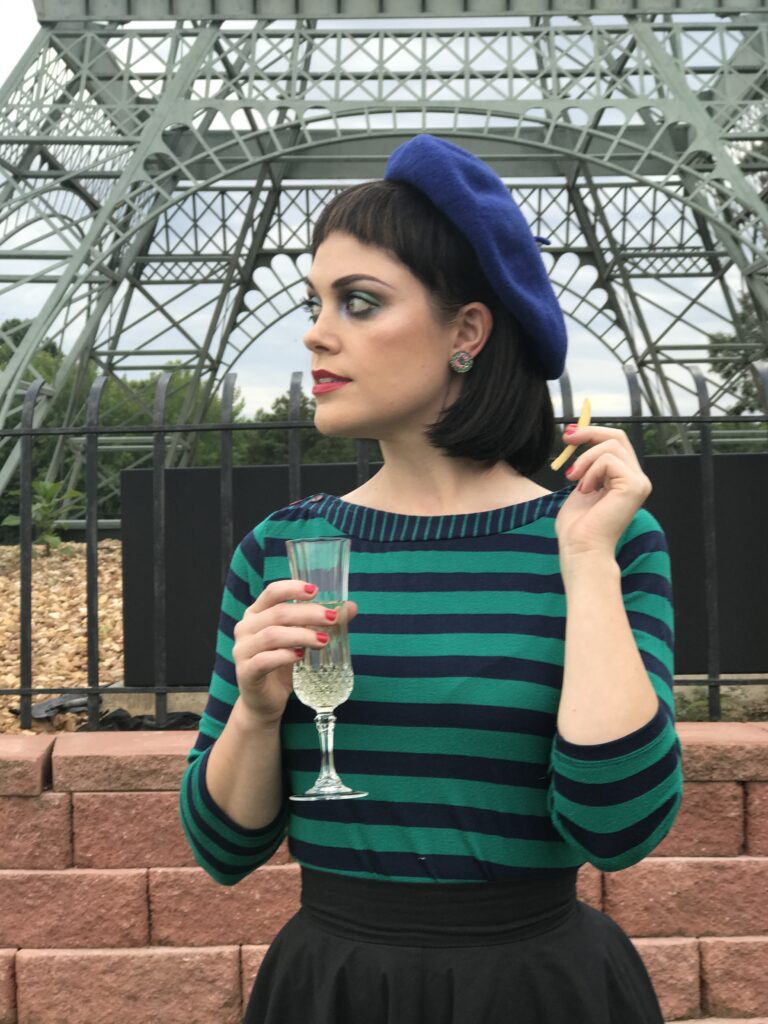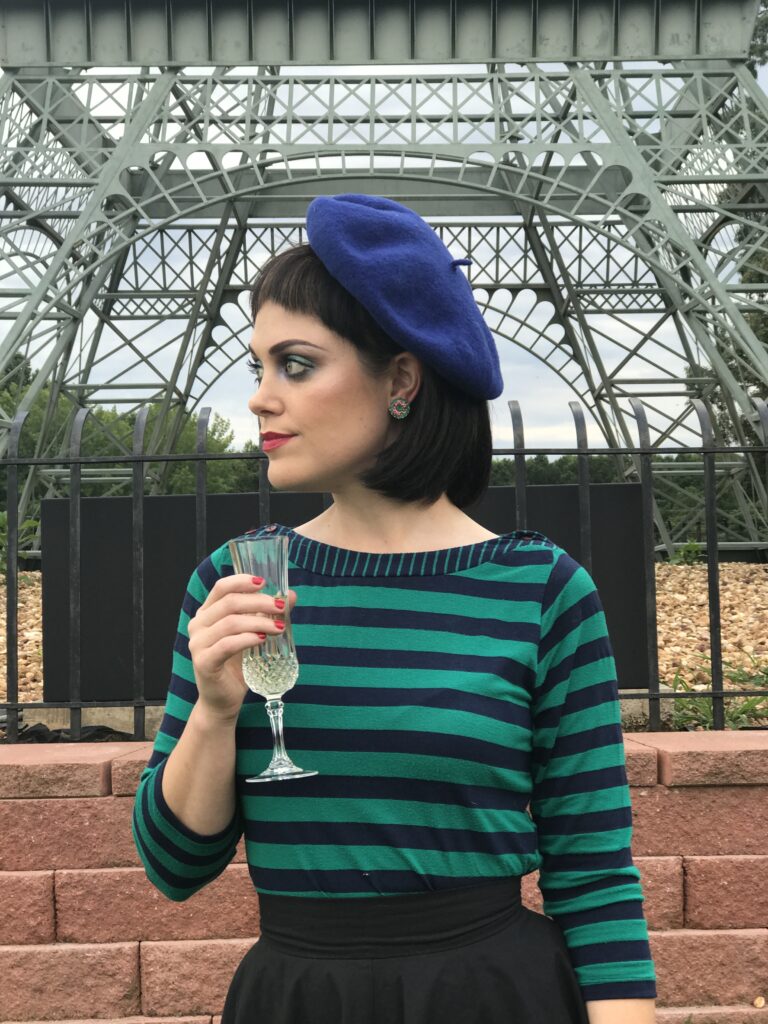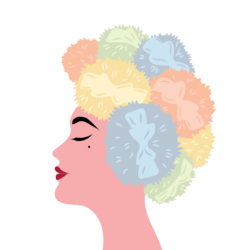In the world of art, trompe l’oeil is a masterful technique that tricks the eye, making a flat surface appear three-dimensional. It’s an illusion, a playful deception that leaves us questioning what’s real. But what happens when we apply this concept to our own faces, using makeup as our brush?

Makeup, like trompe l’oeil, can enhance our features, creating the illusion of higher cheekbones, fuller lips, or flawless skin. It’s a form of self-expression, but it can also be a mask—a way to present an image that isn’t entirely true to who we are. We sculpt, contour, and highlight, not just to enhance, but sometimes to hide.
But here’s the question: When does makeup shift from enhancing beauty to deceiving the eye? And more importantly, when do we stop creating illusions for others and start seeing the real beauty in ourselves?

Photos: Imagine Images Photo
